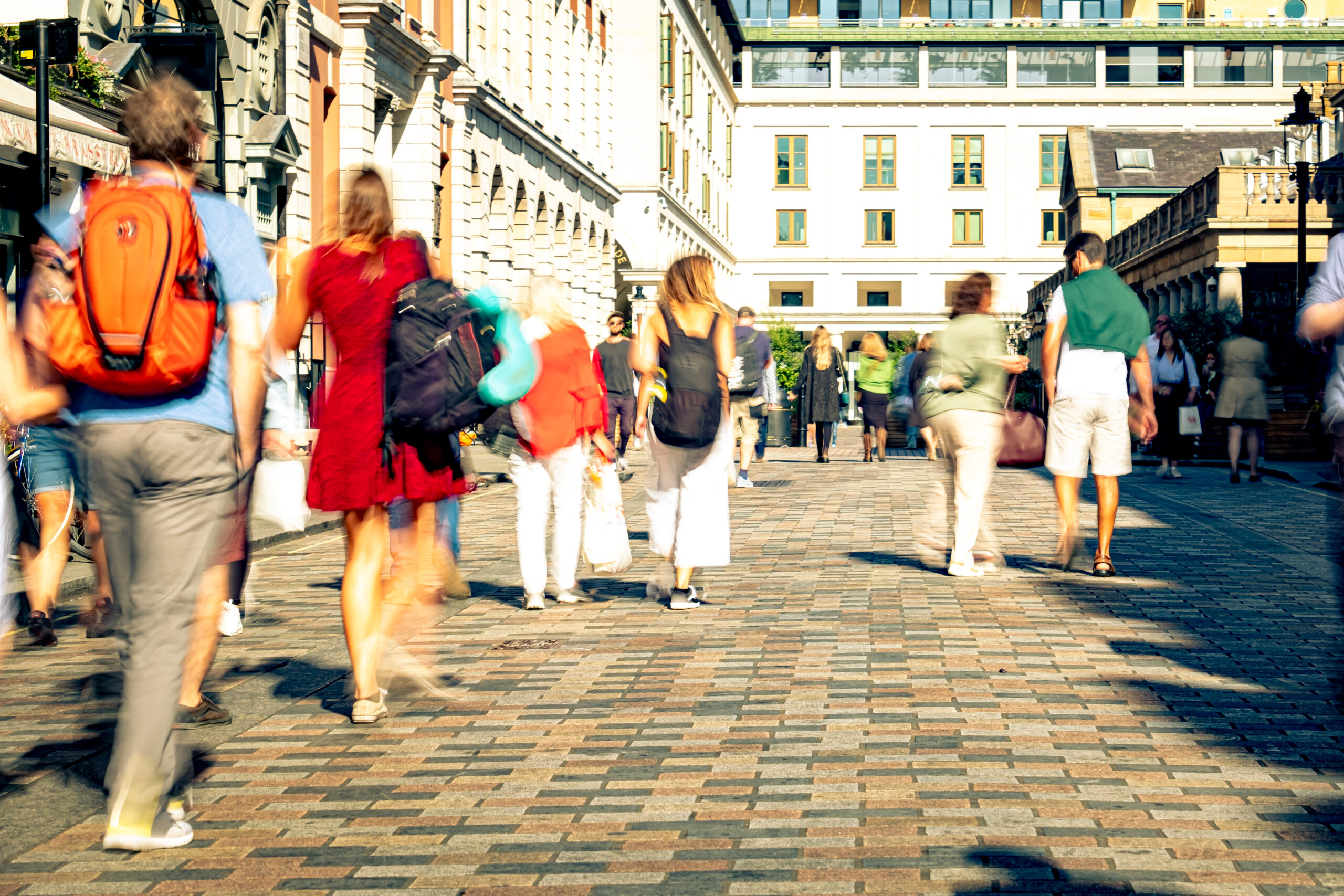The High Street may be suffering, but it still outsells the internet by up to 20 to one in some sectors. However, that is all set to change in the next 10 years, with ecommerce overtaking store sales.
According to a study by Retail Economics for the law firm Womble Bond Dickinson, within the next decade, the internet will account for 53% of sales, up from about 20% today, driven by convenience and by today’s digital natives becoming more than half of the population.
AI and personalised marketing, better delivery options and growing use of social for retail will all drive the change, says the report, and retailers need to reinvent what they do so that they can meet these challenges.
However that doesn’t necessarily mean abandoning the High Street – instead retailers need to work with High Street owners and local authorities to help redevelop the High Street to make it more fit for purpose. This includes looking not just at retail, but at residential, entertainment and experience around retail.
Richard Lim, of Retail Economics, said: “Successful retailers have always had to reinvent themselves to stay relevant. However, the pace of change will inevitably prove too fast for many. It definitely feels like the digital retail revolution is only just getting started.”
Lim concludes: ““The industry is undergoing a painful readjustment period,” Lim said. “The acceleration of further store closures will eventually lead to a more ‘inconvenient’ experience for some groups of consumers across many parts of the UK. Inevitably, this frustration will be a catalyst for further online shopping with consumers turning to online as an alternative to in-store purchases.”
Grant Coleman, Executive Vice President EMEA, Emarsys concurs: “The balance of power is shifting, and e-commerce will become the predominant channel for retail spend. A significant reason for this is that convenience is the new normal for today’s connected shopper. They no longer see shopping as the sociable outing with friends it used to be. These days it’s far easier to click-and-collect, try clothes on at home, get a second opinion on your phone and send back for free if they’re not right. Consumers now expect an exceptional (and Instagram-worthy) experience before considering to a) leave the house and b) engage with retailers in person rather than opt for convenience and shop online.”
Coleman continues: “But for retailers to neglect the high-street would be a mistake. Apple was the first to understand how to use a physical space to inspire brand loyalty, and ecommerce-oriented firms like Amazon are realising the importance of building physical stores or pop-ups as a destination – which act as marketing tools as much as sales portals. Retailers need to acknowledge the shifting balance towards e-commerce, and create true omnichannel experiences that are punctuated by personalised, contextual digital content across both in-store and online shopping.”








